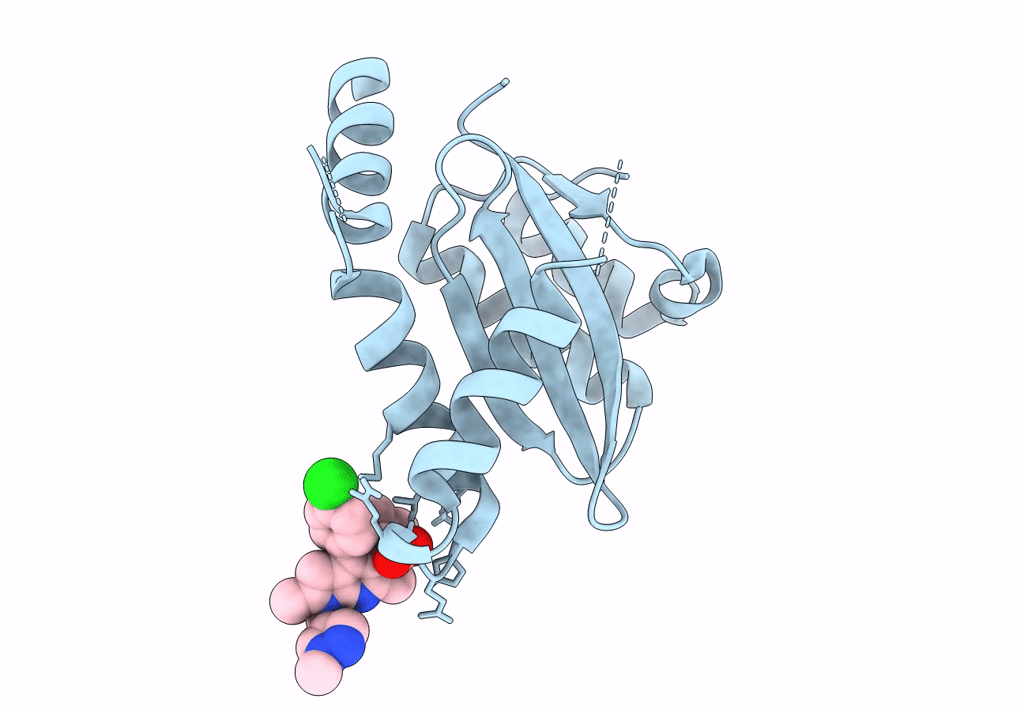
Deposition Date
2022-06-01
Release Date
2023-06-14
Last Version Date
2024-10-09
Entry Detail
PDB ID:
8D3S
Keywords:
Title:
HIV-1 Integrase Catalytic Core Domain F185H Mutant Complexed with BKC-110
Biological Source:
Source Organism:
Human immunodeficiency virus 1 (Taxon ID: 11676)
Host Organism:
Method Details:
Experimental Method:
Resolution:
1.84 Å
R-Value Free:
0.27
R-Value Work:
0.24
R-Value Observed:
0.24
Space Group:
P 31 2 1


